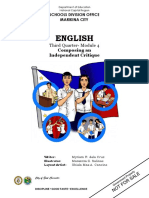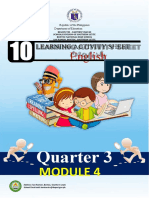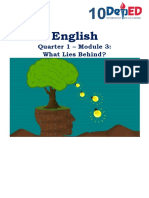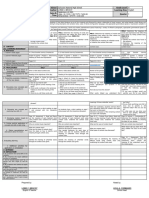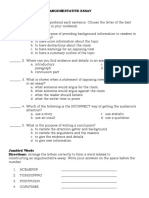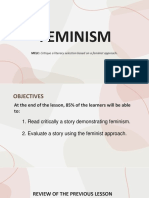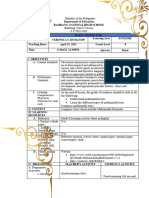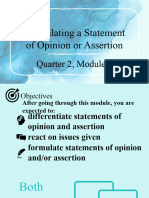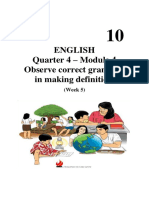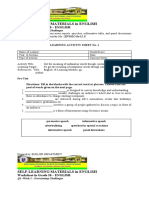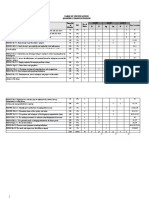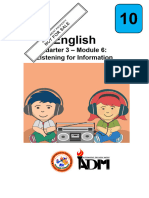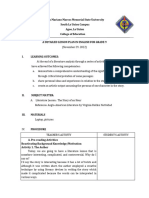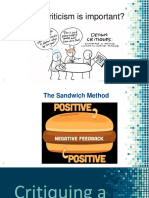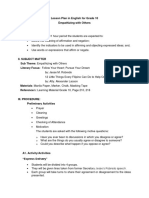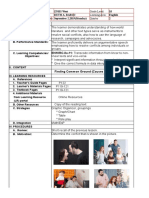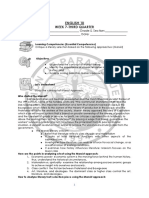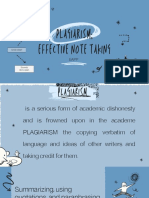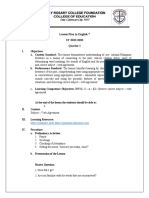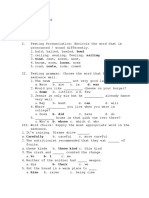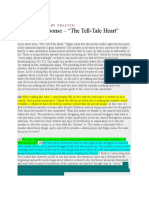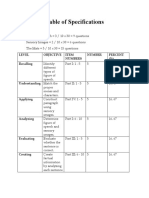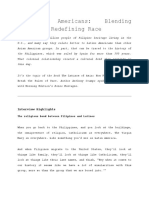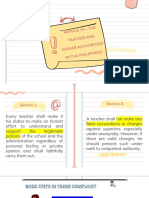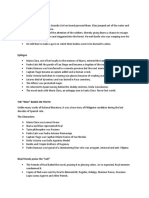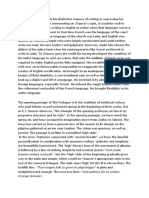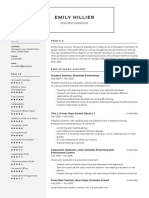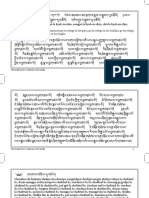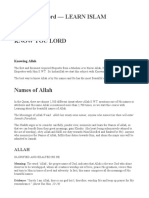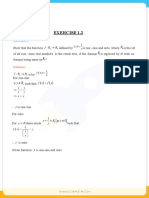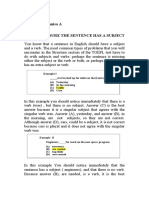0% found this document useful (0 votes)
1K views22 pagesG10 - Critique Paper
This document provides guidance on how to write an effective critique. A critique involves in-depth evaluation of elements like characterization, setting, conflict, plot, dialogue, theme and style. When assessing these elements, the critic should consider questions about how well each element is developed and how it contributes to the overall narrative. A good critique provides a brief summary, clearly examines specific elements, and offers a detailed yet objective analysis supported by examples from the work. It concludes by summarizing the overall assessment.
Uploaded by
Rhea Tamayo CasuncadCopyright
© © All Rights Reserved
We take content rights seriously. If you suspect this is your content, claim it here.
Available Formats
Download as PDF, TXT or read online on Scribd
0% found this document useful (0 votes)
1K views22 pagesG10 - Critique Paper
This document provides guidance on how to write an effective critique. A critique involves in-depth evaluation of elements like characterization, setting, conflict, plot, dialogue, theme and style. When assessing these elements, the critic should consider questions about how well each element is developed and how it contributes to the overall narrative. A good critique provides a brief summary, clearly examines specific elements, and offers a detailed yet objective analysis supported by examples from the work. It concludes by summarizing the overall assessment.
Uploaded by
Rhea Tamayo CasuncadCopyright
© © All Rights Reserved
We take content rights seriously. If you suspect this is your content, claim it here.
Available Formats
Download as PDF, TXT or read online on Scribd
/ 22

